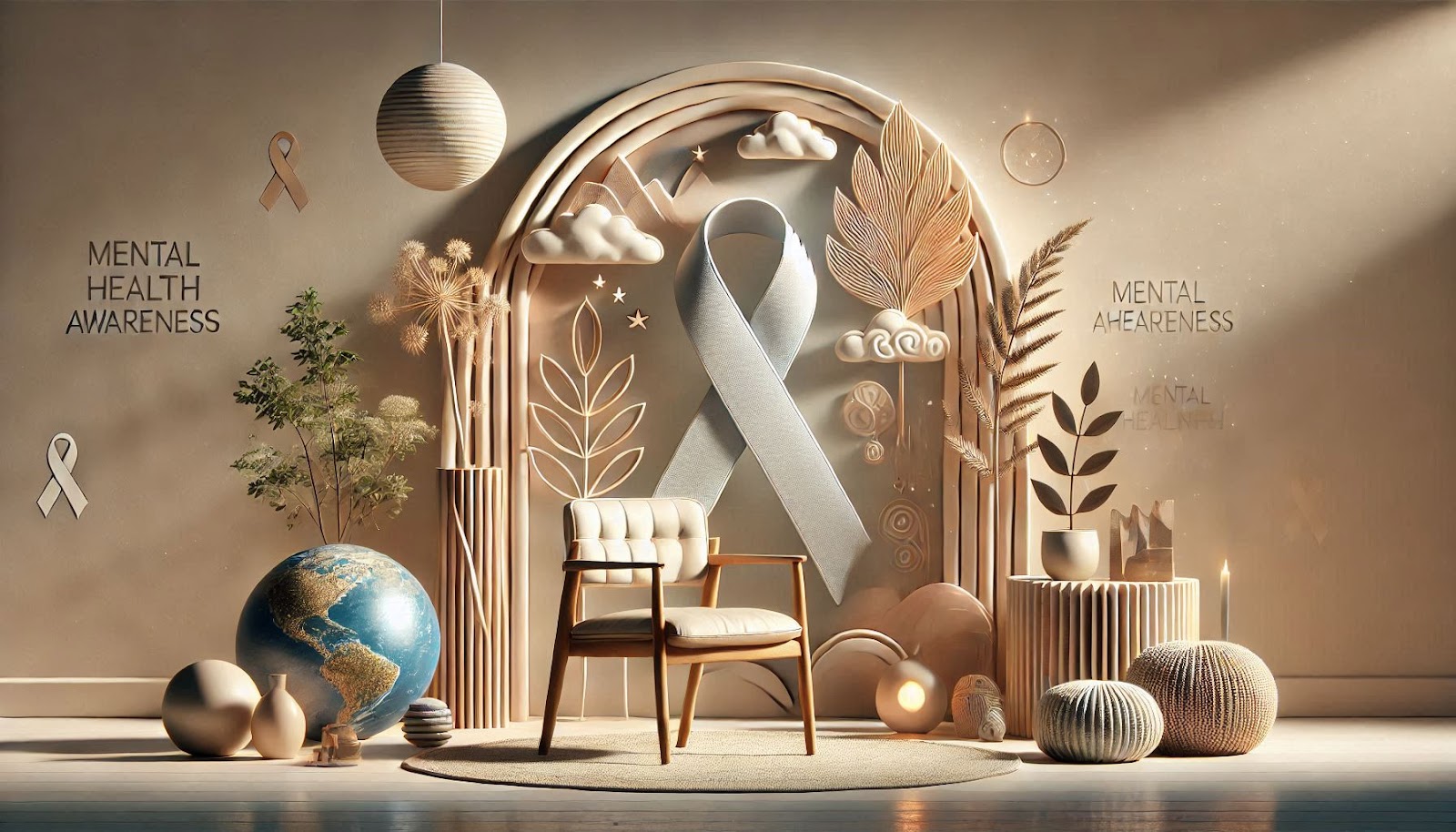Ecological Symphonies: Reimagining Urban Landscapes
The evolution of green spaces in the UAE represents a profound architectural and ecological revolution, transforming urban environments from concrete landscapes into living, breathing ecosystems of human and environmental well-being. Contemporary urban development transcends traditional design paradigms, emerging as a sophisticated intervention that interconnects human experiences, ecological systems, and urban infrastructure through carefully engineered green spaces.
Neurological and environmental psychology research provides compelling evidence of the transformative power of green environments. In the UAE’s challenging desert landscape, architects and urban planners are pioneering innovative strategies that create vibrant, sustainable green spaces that serve multiple critical functions – environmental restoration, psychological support, and social connectivity. These spaces are meticulously designed as complex ecological and social systems that support comprehensive urban well-being.
The unique geographical and climatic context of the UAE presents both extraordinary challenges and unprecedented opportunities for green space innovation. Extreme temperatures, limited natural vegetation, and rapid urban expansion create a complex canvas for ecological design. Urban developers are approaching green spaces as sophisticated living technologies that can transform harsh urban environments into thriving, resilient ecosystems.
Economic analyses underscore the strategic significance of green urban spaces. A comprehensive study by the UAE Ministry of Climate Change and Environment reveals that urban developments with advanced green space strategies demonstrate 45% higher property values, 30% improved resident well-being, and significant environmental sustainability benefits. This data transforms green spaces from aesthetic elements to critical urban infrastructure investments.
Biological Architectures: Living Urban Interventions
Contemporary UAE urban developments are pioneering the concept of biological architectures – green spaces that function as dynamic, living systems of environmental and human interaction. Designers are creating urban green spaces that are far more than passive recreational areas, developing sophisticated ecological interventions that actively regenerate environmental systems, support biodiversity, and provide comprehensive psychological and social benefits.
Technological integration emerges as a critical component of advanced green space design. Smart ecological systems utilize advanced sensors, AI-driven management technologies, and precision environmental engineering to create adaptive green spaces that can respond to changing environmental conditions. These technologies transform green spaces from static landscapes into intelligent, responsive ecological systems that support urban resilience.
Cultural intelligence remains fundamental in designing green urban spaces. Developers must navigate complex environmental and social considerations, creating green spaces that respect local ecological traditions while introducing innovative sustainable design strategies. This requires a deep understanding that views urban green spaces through a multidimensional lens, acknowledging the diverse ways different cultural groups interact with and value natural environments.
Research from the Emirates Green Building Council demonstrates that urban developments with comprehensive green space strategies show a 60% improvement in residents’ reported psychological well-being and environmental connection. These findings validate the transformative potential of intentional ecological urban design.
Quantum Ecological Systems: Regenerative Urban Landscapes
The concept of quantum ecological systems emerges as a groundbreaking approach to green space design in UAE urban developments. Designers are conceptualizing urban green spaces as comprehensive regenerative ecosystems, carefully engineering environmental interventions that support multiple layers of biological and human interaction. These spaces recognize green areas as complex living technologies that can actively restore environmental systems and support urban resilience.
Biophilic design principles are strategically integrated to create multifunctional green spaces that serve ecological, psychological, and social purposes. Carefully curated plant ecosystems, water management strategies, and ecological corridors are designed to support biodiversity, mitigate urban heat island effects, and provide comprehensive environmental and human benefits. These green spaces become living laboratories of ecological innovation.
Digital platforms are being developed to extend the impact of green urban spaces beyond physical environments. Advanced ecological monitoring systems, community engagement technologies, and environmental education platforms complement physical green space design. Technology becomes a sophisticated instrument for supporting ecological awareness and urban environmental transformation.
The UAE Sustainable Cities Initiative reports that urban developments implementing comprehensive green space strategies have witnessed a 75% improvement in urban ecological resilience and resident environmental engagement, highlighting the transformative potential of holistic ecological design approaches.
Evolutionary Urban Ecologies: Future Trajectories
Future trajectories of green space design in UAE urban developments point towards evolutionary urban ecological models – adaptive, intelligent environmental systems that dynamically respond to changing urban and ecological conditions. Emerging technologies like advanced biomimetic design, AI-driven ecological management, and regenerative environmental engineering will enable unprecedented levels of urban ecological innovation.
Educational initiatives are emerging to support this ecological design revolution, with local universities developing specialized programs that integrate advanced ecological design principles into urban planning and architectural education. These curricula are training a new generation of designers who view urban spaces as dynamic, living ecological systems capable of supporting comprehensive urban transformation.
Sustainability transitions are no longer peripheral considerations but central design strategies. Regenerative urban design approaches create green spaces that actively restore environmental systems, support urban resilience, and create conditions for comprehensive ecological and human well-being. This perspective recognizes the profound interconnection between urban design, ecological health, and human potential.
The UAE Climate Change Strategy indicates that by 2040, over 90% of urban developments will incorporate advanced ecological design principles, signaling a fundamental transformation in how we conceptualize urban spaces as living, regenerative ecological systems.
Synthesis of Ecological Potential
The evolution of green space design in UAE urban developments represents a profound reimagining of urban environments as active, living ecological systems. These developments are no longer static landscapes but dynamic ecosystems designed to nurture environmental restoration, challenge existing urban design paradigms, and create spaces that genuinely support comprehensive ecological and human potential.
As the UAE continues to push global boundaries in ecological innovation, its urban developments become living laboratories of regenerative urban design philosophy. Each green space represents a unique opportunity to experiment with new models of urban ecological interaction, challenge existing environmental limitations, and create spaces that actively contribute to urban ecological resilience.
International urban design and ecological conferences have increasingly highlighted the UAE’s innovative approach to green space design. Experts from around the world are studying these developments as potential models for future urban ecological strategies, recognizing the profound potential of thoughtful, ecologically informed urban interventions.
Personal narratives of residents who have experienced these innovative green urban spaces provide the most compelling evidence of transformation. Stories of enhanced environmental connection, improved urban living experiences, and profound ecological awareness demonstrate the true potential of reimagined urban spaces designed with ecological potential at their core.







